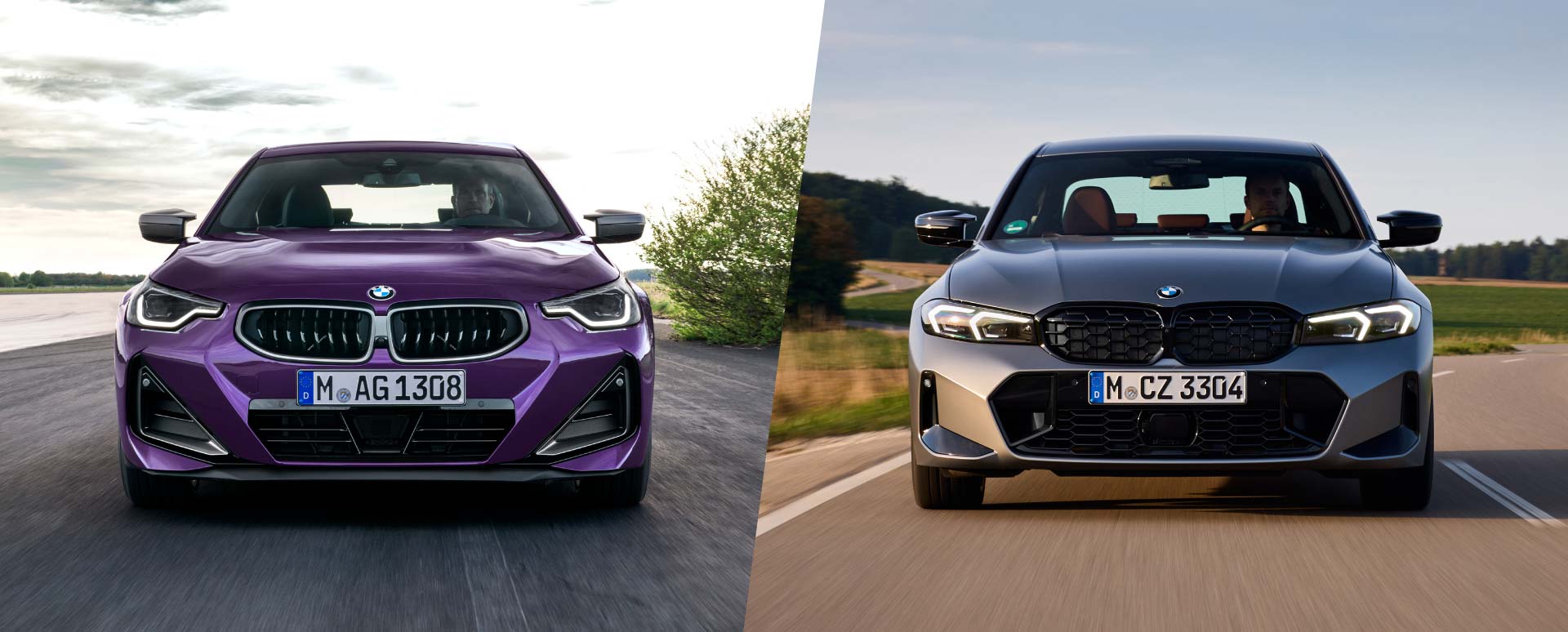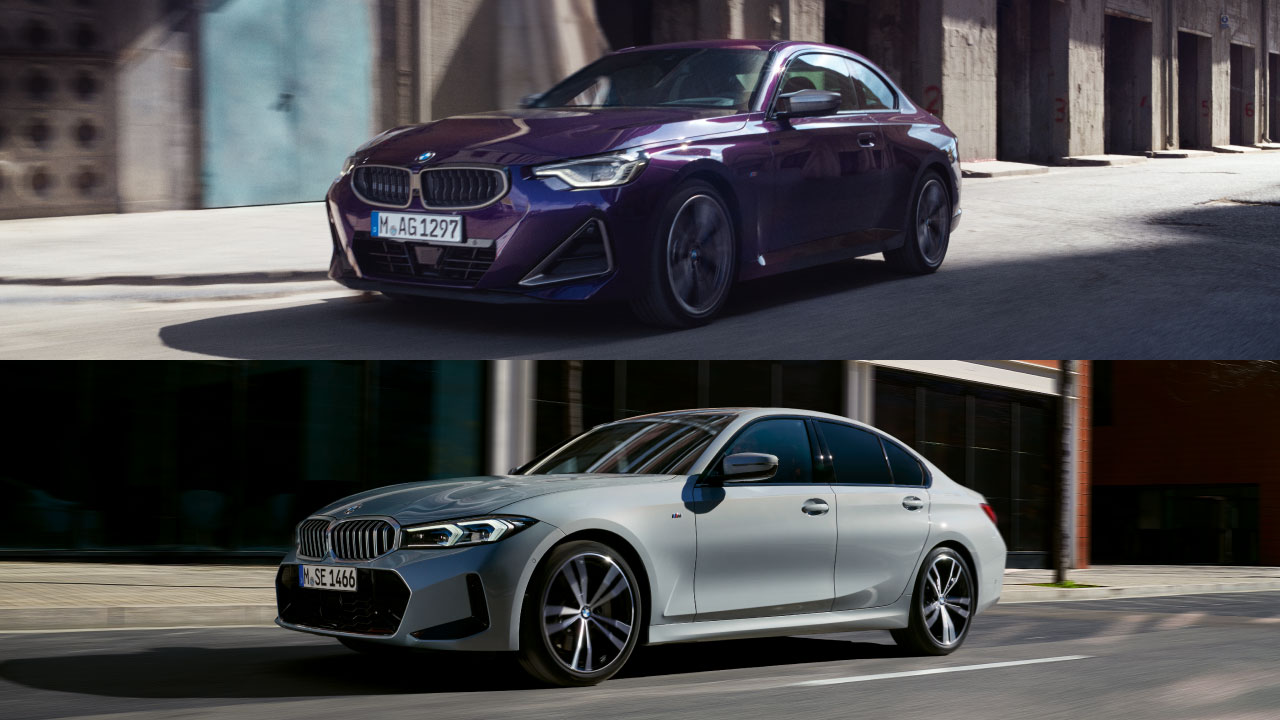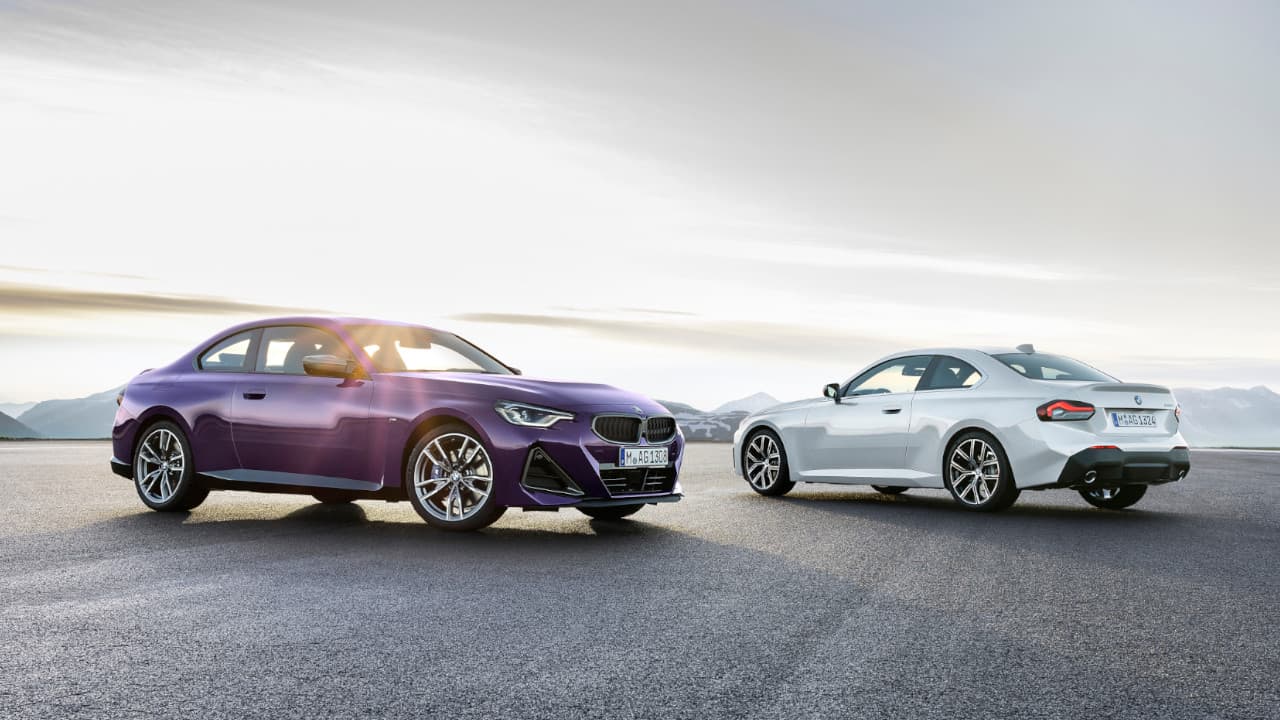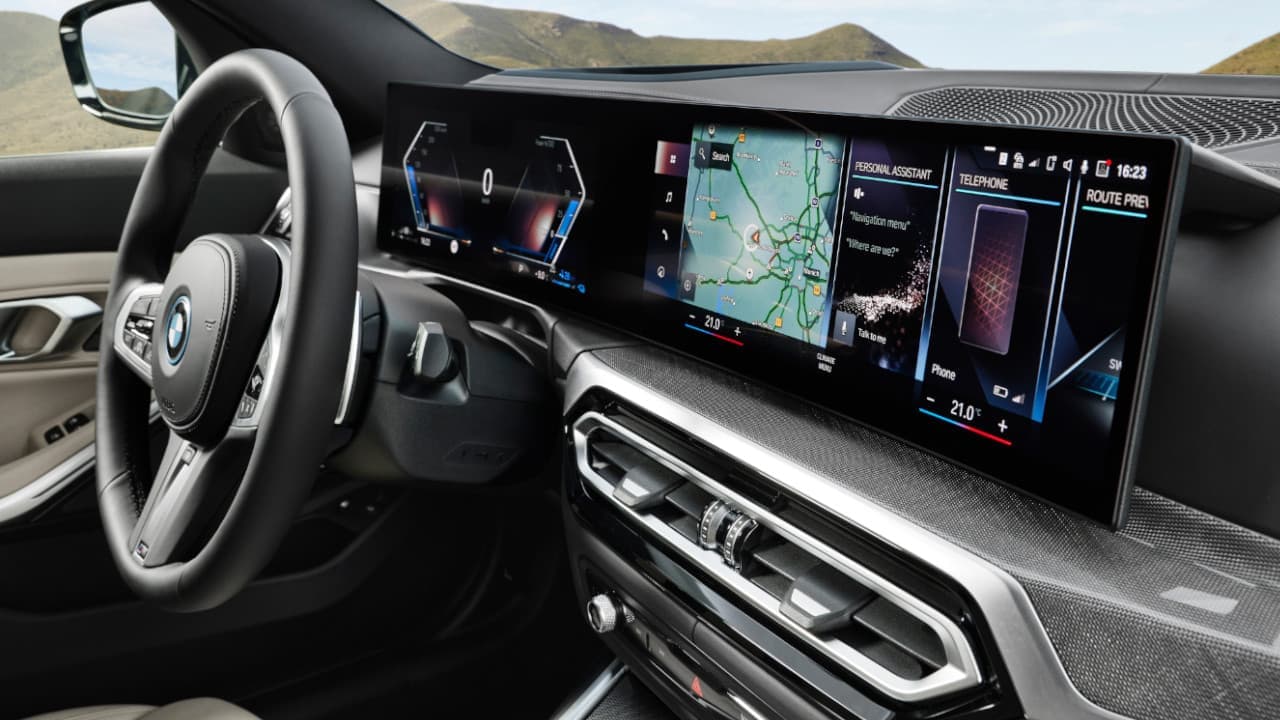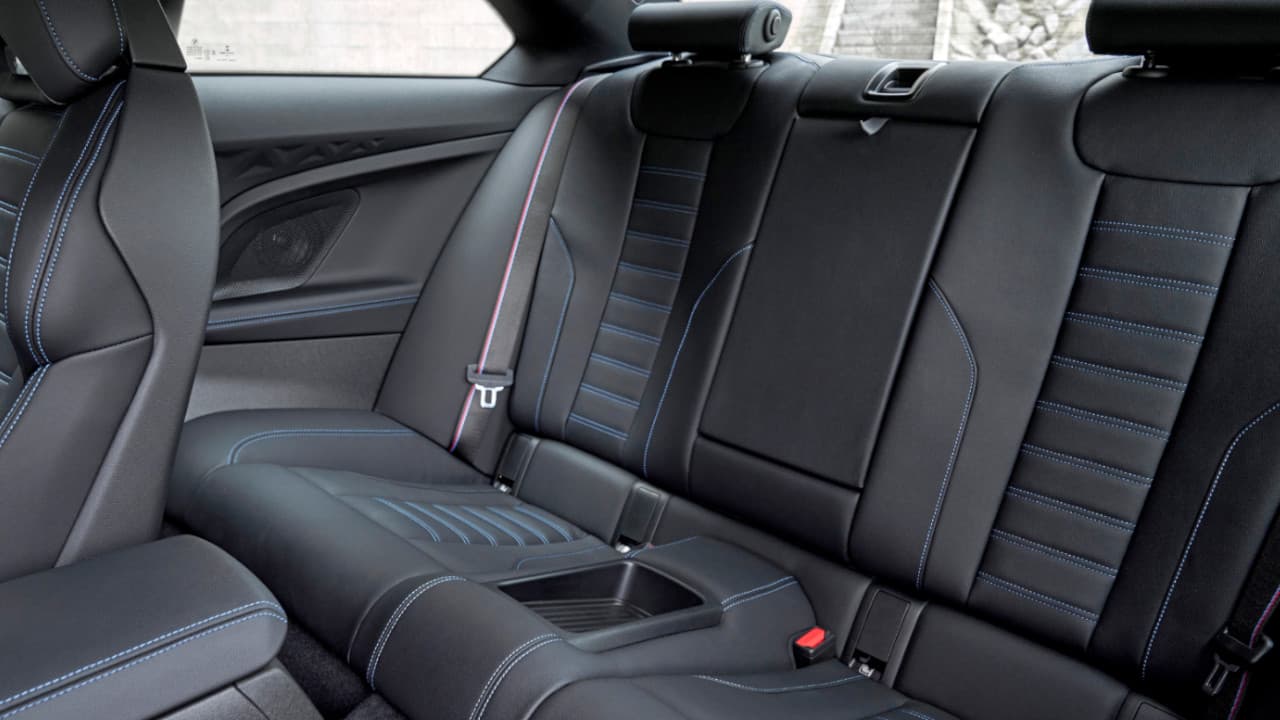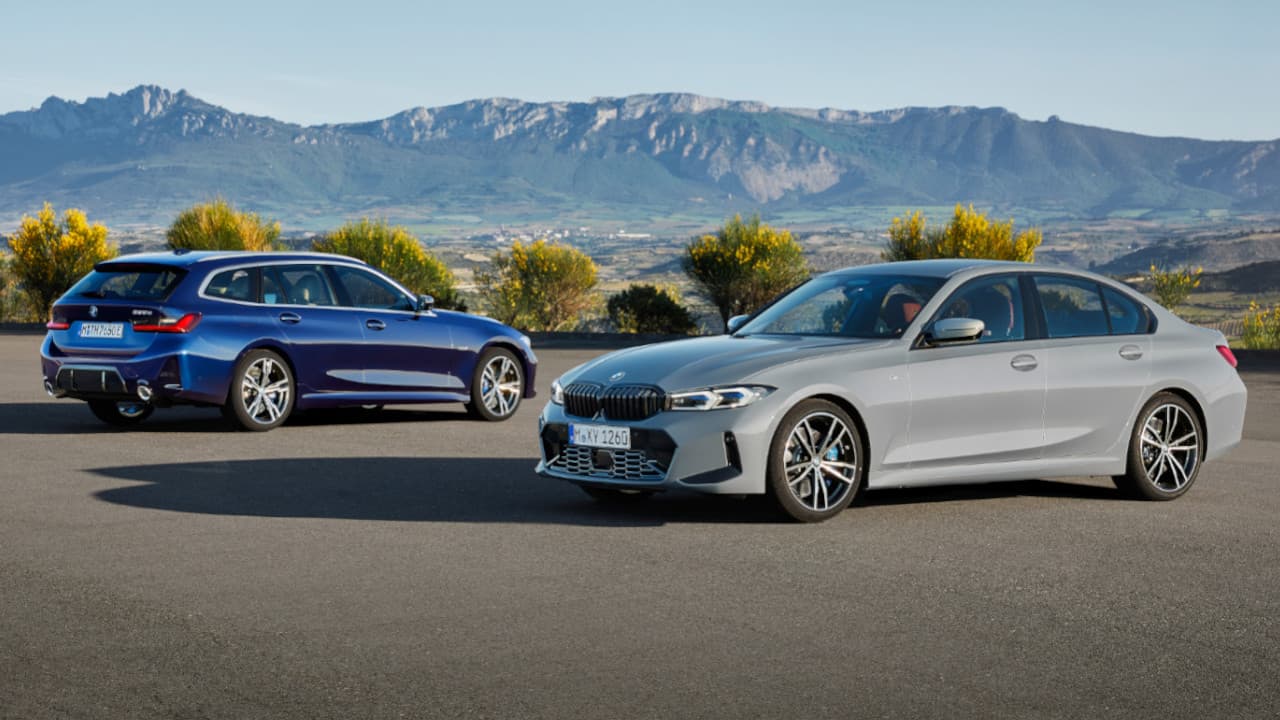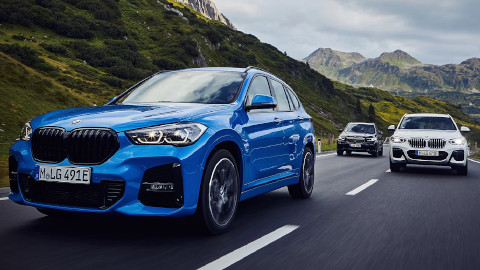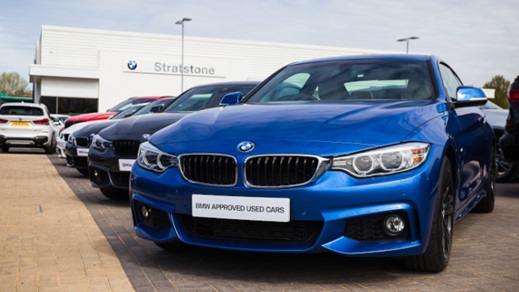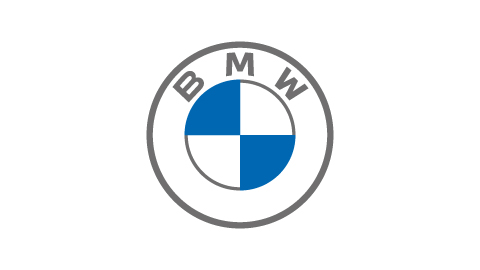BMW 2 Series vs BMW 3 Series | Which is Right for You?
08th Sep 2023
BMW Cars
BMW is one of the most popular and instantly recognisable car brands in the world. With a reputation for high performance, fine luxury, impressive technology and status, it is no wonder a BMW is top of many consumers lists when looking for a new or used car.
Cars like the BMW 3 Series, BMW 5 Series and countless BMW X Series SUV models have ensured BMW has remained ultra successful, generation after generation. And that is before you start to look at the high performance BMW M versions of these models.
The 3 Series was once the entry-level point into BMW ownership. But, as we all know, times change and more compact BMW models have joined the range in more recent times, such as the 2 Series and entry-level 1 Series.
In this blog we will look at the differences between the iconic 3 Series, and the more compact 2 Series to see how they stack up against each other via the headings below:
Introduction and Design
The BMW 3 Series has been around since 1975, cementing itself as the benchmark premium saloon car with each new generation (Latest generation G20 model above, shown in silver).
In 1986 BMW decided to complement the 3 Series range by introducing the range-topping performance version, in the form of the legendary M3, enhancing the 3 Series appeal even further giving in to that 'race on Sunday, sell on Monday' mantra.
Today, the 3 Series is still a benchmark in the saloon car segment, offering premium looks, smart design, incredible technology, fine luxury and of course excellent performance.
BMW have continued their incredible success by adapting to changing consumer buying habits, and with the birth of the 2 Series in 2014, BMW could attract new customers with a more compact and affordable offering.
Still showcasing typical BMW traits, the 2 Series is in essence a more compact BMW model. The 3 Series is available as a 5-door saloon or as an estate (Touring), whilst the 2 Series is best known for being a 2-door coupé, although it is also available as a saloon (Gran Coupé) and MPV (Active Tourer).
For clarity, we will concentrate on the 3 Series Saloon and 2 Series Coupé, making reference to other variants where necessary.
Versions
All BMW models offer multiple versions, to cater for all types of buyers, and the BMW 3 Series is no exception. It is available in various petrol, diesel, and plug-in hybrid variants.
Then there are the trim levels, which start off with Sport and peak at the range-topping M3. M Sport and M-Lite models fill the gaps. Essentially, the 3 Series is a car famed for its dynamic drive, and the wick keeps getting turned up in performance terms when going from Sport all the way up to the M3.
The 2 Series follows suit, but instead starts at M Sport and ends up at the range-topping M2, with M-Lite versions bridging the gap.
Essentially, like anything you buy, the higher spec BMW 2 Series and 3 Series models offer more performance and a more dynamic experience, whilst the entry-level models offer less, but being a BMW, still offer more than many cars in terms of luxury, feel, performance and experience.
Interior and Technology
We are now very much in the digital era of car interior design, with many manufacturers offering a fully-digital interior vibe comprising of a digital instrument cluster and complementing infotainment set-up.
Both the 2 Series and 3 Series models feature a fully-digital instrument cluster and infotainment set-up with an excellently intuitive operating system, meaning it is rather easy to tailor a BMW 2 Series or BMW 3 Series to the exact preferences you require with ease.
Both the BMW 2 Series and 3 Series use a sort of widescreen set-up, which sees the instrument cluster and infotainment screen sit side by side for a truly immersive experience. Older 2 Series models before late 2022 kept the traditional dashboard set-up with a mound housing the digital instrument cluster, but later 2022 models onward have the widescreen-like dual set-up.
Although this new dual cluster/infotainment set up is different to BMW iDrive systems of old, which used an analogue cluster and separate infotainment screen, it does not take much getting used to, and it pretty standard practice across competitor cars, such as models from the likes of Mercedes-Benz.
Practicality
This is ultimately where you would see the biggest differences between the BMW 2 Series and BMW 3 Series.
The saloon BMW 3 Series is easily more practical than the 2 Series Coupé, due to its more practical bodystyle consisting of five doors and five seats. The BMW 3 Series also offers more interior space whereas the 2 Series uses a more rakish roofline - which dents practicality and means it is only a four-seater, and has two doors (three if you include the boot).
There is a 480-litre boot in the 3 Series (this is reduced to 375 litres in plug-in hybrid models) which is much more capacious than the 2 Series' 390 litres, although for a Coupé point-of-view, the 2 Series boot is impressive.
Of course, if you wanted more practicality, a 3 Series Touring offers 500 litres of boot space, but basically turns into a van load space if you lower the rear seats. That said, a BMW 2 Series Gran Coupé offers 430 litres, whilst the Active Tourer offers 470 litres, but again offers a van-like load space with the rear seats folded.
Essentially, there is a perfect 3 Series or 2 Series model for every requirement. It just depends on how much you want a car to reflect your lifestyle. For example, families will probably want the convenience of a 3 Series, 2 Series Gran Coupé or Active Tourer. That said, a 2 Series Coupé will be fine for family duties, if you do not mind getting out to let people in the back of the car.
It will all depend on if you want to reduce practicality for that slight enhancement in style and dynamics.
Value and Final Thoughts
The BMW 3 Series has long been a benchmark in the saloon car game, and it is easy to see why. It is fantastic to drive, offers lots of premium and luxury features, provides plenty of space and is loaded with technology. Being available as a high performance M3 or more practical Touring version only enhances it appeal further.
A BMW 2 Series Coupé is essentially just a smaller BMW, presented in a Coupé package rather than a saloon. Again, being available as a Gran Coupé Saloon and Active Tourer gives further choice to consumers.
Both range-topping M2 and M3 versions interestingly use the same engine. BMW ensured the M2 has been de-tuned slightly not to overshadow the more expensive M3 sibling, which is expected, but the M2 has a legacy of being a more playful M car, which may well appeal to the younger or more driver-focused consumer.
Essentially, the 2 Series is a car more about style and perhaps appeals to a younger consumer, whist the 3 Series is a more grown-up ownership prospect. Of course, this is not final, and there will be people who just prefer the 2 Series over the 3 Series and vice versa.
Whichever you choose, the BMW 2 Series and BMW 3 Series are two superb cars which are guaranteed to be excellent cars to own, as the history of their evolution has showcased.
Find your perfect BMW at Stratstone
It really does not matter if you choose a BMW 2 Series or BMW 3 Series, as both are fantastic ownership prospects which offer the typical BMW feel of quality, performance, style, and technology; not to mention their fantastic driving feel.
What is more, the multiple versions of each model ensure you can find the perfect BMW to meet your requirements.
Why not check out our latest new BMW offers here, or browse our comprehensive selection of used BMW models here.
Alternatively, if you enjoyed this article, check out our dedicated blog section which features many more articles on BMW, along with other popular automotive manufacturers and insights.

